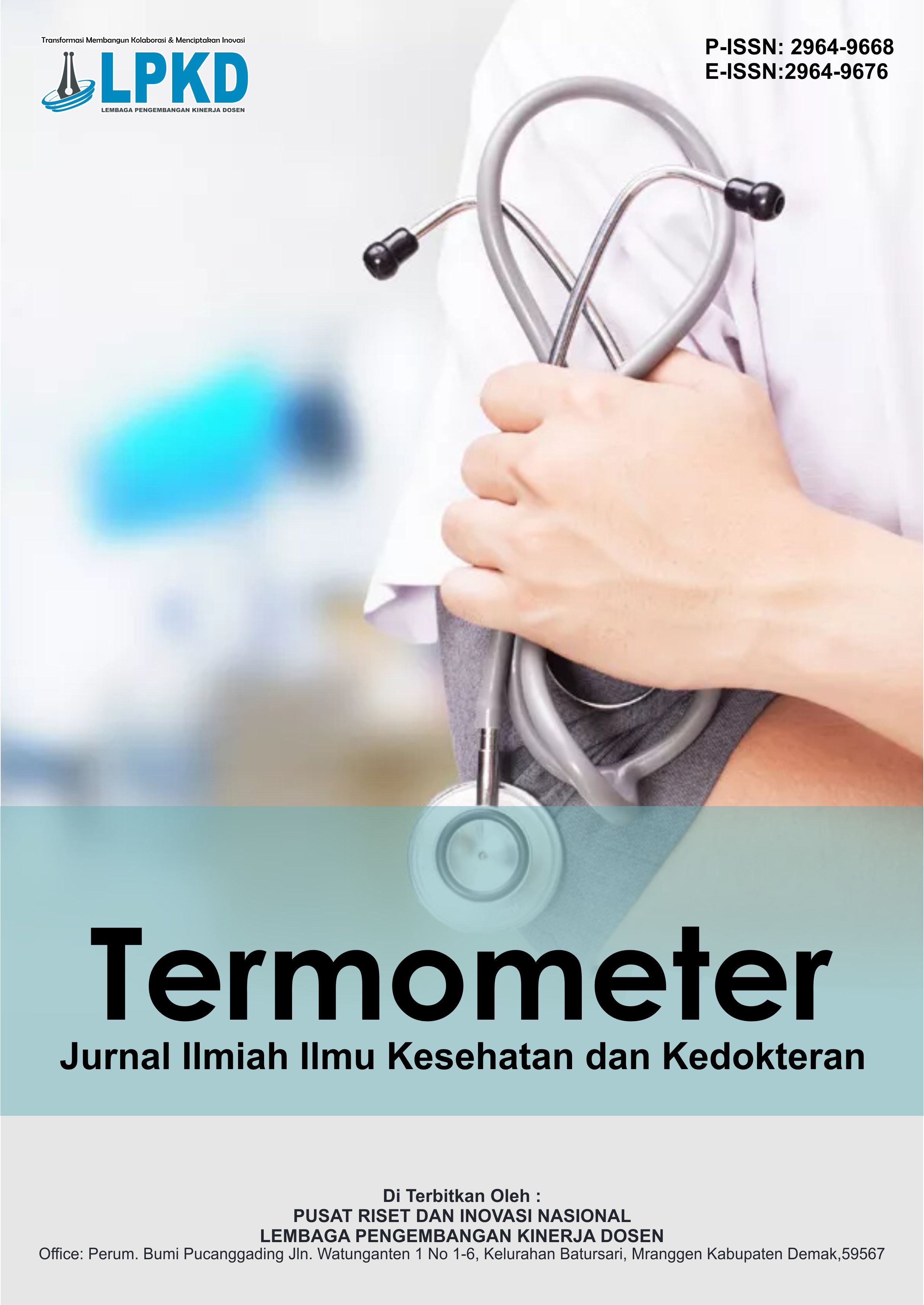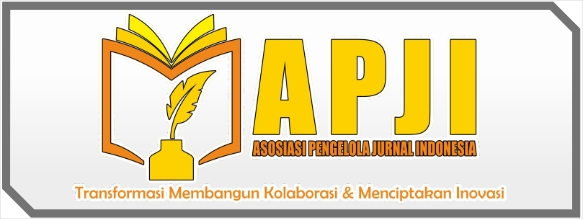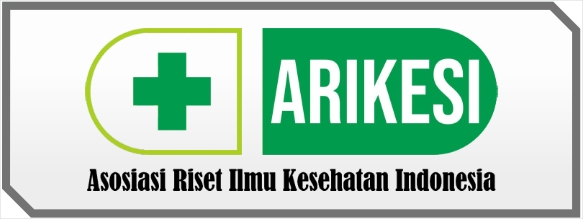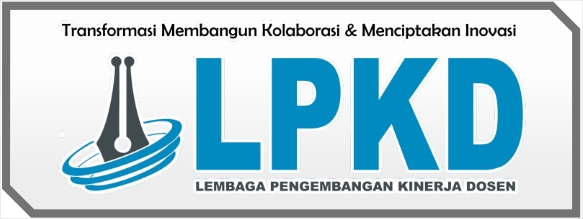Faktor-faktor Protektif Kesehatan Mental Remaja di Zona Konflik Iraq : Suatu Analisis Multilevel
DOI:
https://doi.org/10.55606/termometer.v3i2.4937Keywords:
mental, health, adolescents, conflict, zonesAbstract
This study employs a multilevel meta-analysis to identify and analyze the protective factors for mental health among adolescents in conflict zones in Iraq. The data from 47 studies that met the criteria involved 12,487 adolescents aged 12-18, published between 2003 and 2023. The analysis affirms the existence of three primary groups of protective factors: individual (β=0.42, p<0.001), family (β=0.38, p<0.001), and community (β=0.35, p<0.001). The individual factors include resilience (r=0.56, p<0.001), emotional regulation (r=0.48, p<0.001), and spirituality (r=0.45, p<0.001). Family factors encompass family cohesion (r=0.52, p<0.001) and parental support (r=0.49, p<0.001). Additionally, community factors consist of social support (r=0.47, p<0.001) and educational access (r=0.44, p<0.001). Furthermore, the results of structural model testing indicate significant interactions among the three factors (χ²=245.67, df=124, p<0.001, CFI=0.96, RMSEA=0.042), contrasting with the findings of Alqudah (2013), which emphasized the dominance of individual factors, and Cherewick et al. (2016), which focused on community factors. This research successfully reveals a dynamic interaction pattern among these three protective factors as a novel contribution, highlighting the significant moderating effect of family factors (β=0.29, p<0.001) on the relationship between individual and community factors. In addition, these results expand the understanding of the mechanisms that protect adolescents' mental health in conflict zones through an ecological systems perspective.
Downloads
References
Afek, A., Ben-Avraham, R., Davidov, A., Berezin Cohen, N., Ben Yehuda, A., Gilboa, Y., & Nahum, M. (2021). Psychological resilience, mental health, and inhibitory control among youth and young adults under stress. Frontiers in Psychiatry, 11, 608588. https://doi.org/10.3389/fpsyt.2020.608588
Akimova, O., Ishchenko, A., & Perga, I. (2025). Community resilience in conflict zones: Identifying key factors for conflict resolution and recovery potential. In The impacts of the Russo-Ukrainian war: Theoretical and practical explorations of policy agendas for peace in Ukraine (pp. 101-117). Springer Nature Singapore.
Al Juboori, R. (2024). Violence and child mental health outcomes in Iraq: Mapping vulnerable areas. Psychiatry International, 5(1), 39-52.
Alqudah, A. F. (2013). Resiliency levels among Iraqi refugees in Jordan and its relation to some demographic variables. International Journal of Psychological Studies, 5(4), 50-58. https://doi.org/10.5539/ijps.v5n4p50
Al-Tamimi, S. A. G., & Leavey, G. (2022). Community-based interventions for the treatment and management of conflict-related trauma in low-middle income, conflict-affected countries: A realist review. Journal of Child & Adolescent Trauma, 15(2), 441-450. https://doi.org/10.1007/s40653-021-00355-4
Arega, N. T. (2023, December). Mental health and psychosocial support interventions for children affected by armed conflict in low-and middle-income countries: A systematic review. Child & Youth Care Forum, 52(6), 1431-1456. https://doi.org/10.1007/s10566-023-09729-w
Artyukhov, A., Lapidus, A., Yeremenko, O., Artyukhova, N., & Churikanova, O. (2024). Educational resilience through the armed conflicts: A bibliometric analysis. Business Ethics and Leadership, 8(2), 164-183. https://doi.org/10.21272/bel.8(2).164-183.2024
Aymerich, O. (2020). Community resilience and the return of Iraqi IDPs with perceived affiliation to the Islamic State. Refugee Survey Quarterly, 39(4), 552-563. https://doi.org/10.1093/rsq/hdz024
Badrasawi, K. J., Ahmed, I. O., & Eid, I. M. (2018). Exploring ways to provide education in conflict zones: Implementation and challenges. Intellectual Discourse, 26(2), 567-594.
Baldwin, A. L., Baldwin, C., Sameroff, A. J., & Seifer, R. (1989). Protective factors in adolescent development. In Biennial meeting of the Society for Research in Child Development, Kansas City, MO.
Boele, S., Denissen, J., Moopen, N., & Keijsers, L. (2020). Over-time fluctuations in parenting and adolescent adaptation within families: A systematic review. Adolescent Research Review, 5(3), 317-339. https://doi.org/10.1007/s40894-020-00125-7
Bosqui, T. J., & Marshoud, B. (2018). Mechanisms of change for interventions aimed at improving the wellbeing, mental health and resilience of children and adolescents affected by war and armed conflict: A systematic review of reviews. Conflict and Health, 12, 1-17. https://doi.org/10.1186/s13031-018-0161-x
Çetrez, Ö. A., DeMarinis, V., Sundvall, M., Fernandez-Gonzalez, M., Borisova, L., & Titelman, D. (2021). A public mental health study among Iraqi refugees in Sweden: Social determinants, resilience, gender, and cultural context. Frontiers in Sociology, 6, 551105. https://doi.org/10.3389/fsoc.2021.551105
Cherewick, M., & Glass, N. (2018). Caregiver and community insights on coping strategies used by adolescents living in conflict-affected communities. Global Public Health, 13(9), 1322-1336. https://doi.org/10.1080/17441692.2017.1375964
Cherewick, M., Doocy, S., Tol, W., Burnham, G., & Glass, N. (2016). Potentially traumatic events, coping strategies, and associations with mental health and well-being measures among conflict-affected youth in Eastern Democratic Republic of Congo. Global Health Research and Policy, 1, 1-18. https://doi.org/10.1186/s41256-016-0023-2
Cherewick, M., Tol, W., Burnham, G., Doocy, S., & Glass, N. (2016). A structural equation model of conflict-affected youth coping and resilience. Health Psychology and Behavioral Medicine, 4(1), 155-174. https://doi.org/10.1080/21642850.2015.1130784
Constandinides, D., Kamens, S., Marshoud, B., & Flefel, F. (2011). Research in ongoing conflict zones: Effects of a school-based intervention for Palestinian children. Peace and Conflict: Journal of Peace Psychology, 17(3), 270-302. https://doi.org/10.1080/10781919.2011.601105
Dalton, M. M., & Pakenham, K. I. (2002). Adjustment of homeless adolescents to a crisis shelter: Application of a stress and coping model. Journal of Youth and Adolescence, 31, 79-89. https://doi.org/10.1023/A:1014060500387
Dimitry, L. (2012). A systematic review on the mental health of children and adolescents in areas of armed conflict in the Middle East. Child: Care, Health and Development, 38(2), 153-161. https://doi.org/10.1111/j.1365-2214.2011.01281.x
Duque-Ortiz, C., & Arias-Valencia, M. M. (2022). The family in the intensive care unit in the face of a situational crisis. Enfermería Intensiva (English ed.), 33(1), 4-19. https://doi.org/10.1016/j.enfi.2021.12.003
Elbogen, E. B., Johnson, S. C., Wagner, H. R., Newton, V. M., Timko, C., Vasterling, J. J., & Beckham, J. C. (2012). Protective factors and risk modification of violence in Iraq and Afghanistan war veterans. The Journal of Clinical Psychiatry, 73(6), 15838. https://doi.org/10.4088/JCP.10m06778
Farhood, L. F., Richa, H., & Massalkhi, H. (2014). Group mental health interventions in civilian populations in war-conflict areas: A Lebanese pilot study. Journal of Transcultural Nursing, 25(2), 176-182. https://doi.org/10.1177/1043659613491721
Fontana, A., Rosenheck, R., & Horvath, T. (1997). Social support and psychopathology in the war zone. The Journal of Nervous and Mental Disease, 185(11), 675-681. https://doi.org/10.1097/00005053-199711000-00003
Frounfelker, R. L., Islam, N., Falcone, J., Farrar, J., Ra, C., Antonaccio, C. M., ... & Betancourt, T. S. (2019). Living through war: Mental health of children and youth in conflict-affected areas. International Review of the Red Cross, 101(911), 481-506. https://doi.org/10.1017/S1816383119000247
Downloads
Published
How to Cite
Issue
Section
License
Copyright (c) 2025 Termometer: Jurnal Ilmiah Ilmu Kesehatan dan Kedokteran

This work is licensed under a Creative Commons Attribution-ShareAlike 4.0 International License.










